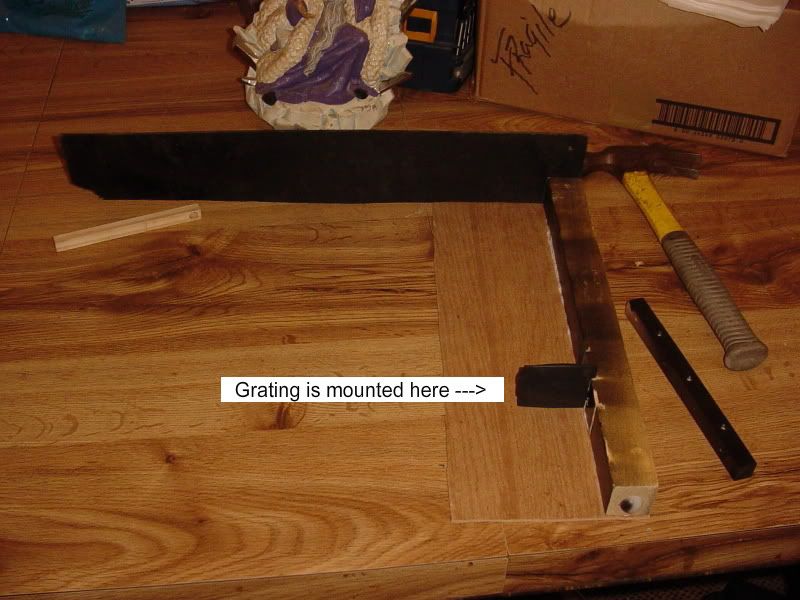- Joined
- Oct 24, 2008
- Messages
- 1,057
- Points
- 48
It used to be that Laser Power Meters were very expensive for the laser hobbyist but nowadays, thanks to many of you guys, they are available for pretty cheap. But what about that OTHER aspect of lasers we are so keen on... wavelength!
How can the average hobbyist measure the wavelength precisely? Or at least have a means on comparing wavelength shifts from diode to diode?
For example if you've got a few 405nm diodes that appear to be different wavelengths because the "apparent" intensities are different between them even though they are all the same power, how could you verify this without expensive equipment?
What if you were to use two parallel lasers, that you want to compare the wavelengths, and use a prism to turn any difference in wavelength into a difference in the angles of the resultant beams. The beam that measure a larger angle than the other will be of a longer wavelength. You could then use Snell's law to figure out the difference in wavelength.

You might say that the angles would be to difficult to measure accurately. But you can measure the distance between the beams, then let them diverge a bit and measure again. Using simply geometry you should be able to figure it out.
Anyways I just figured it would be a fun experiment to set up and try. It'll be interesting to see the results.
-Tony
How can the average hobbyist measure the wavelength precisely? Or at least have a means on comparing wavelength shifts from diode to diode?
For example if you've got a few 405nm diodes that appear to be different wavelengths because the "apparent" intensities are different between them even though they are all the same power, how could you verify this without expensive equipment?
What if you were to use two parallel lasers, that you want to compare the wavelengths, and use a prism to turn any difference in wavelength into a difference in the angles of the resultant beams. The beam that measure a larger angle than the other will be of a longer wavelength. You could then use Snell's law to figure out the difference in wavelength.

You might say that the angles would be to difficult to measure accurately. But you can measure the distance between the beams, then let them diverge a bit and measure again. Using simply geometry you should be able to figure it out.
Anyways I just figured it would be a fun experiment to set up and try. It'll be interesting to see the results.
-Tony








